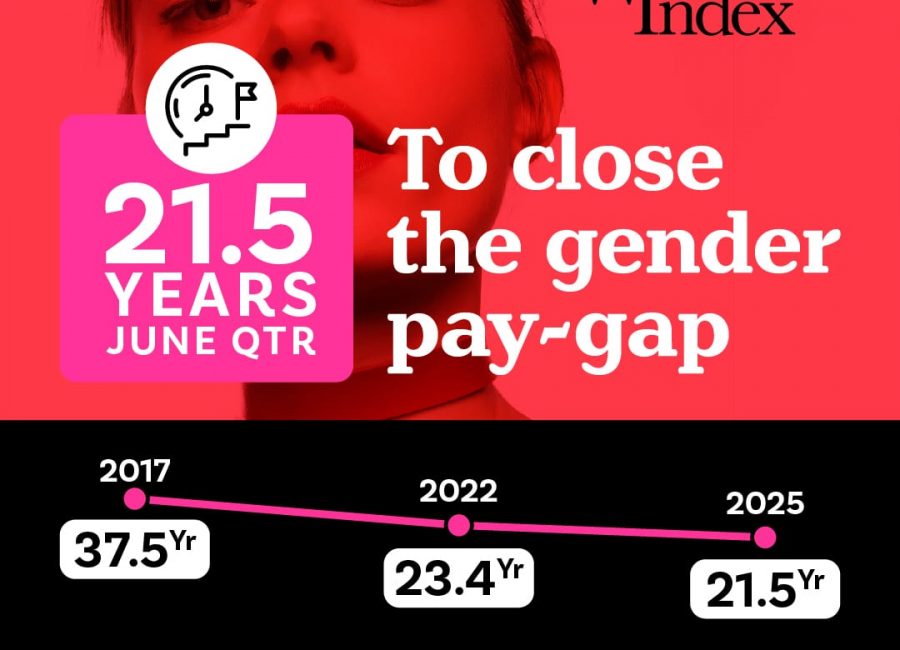Knowing how to take control of your credit card bill is an important life skill, and as it turns out, women are better at it than men.
In a new survey of 2,031 Australians, most women said they’d start to worry about their credit cards once the debt reached $3,605.
Men said they wouldn’t worry until their balance hit $4,999, on average.
Men on average carry $3,365 in debt on their cards, which is 31 per cent more than women who on average carry $2,567.
Across the board, Australians are paying off more of their credit card debt.
In fact, a finder.com.au analysis of Reserve Bank of Australia data found the average credit card balance accruing interest has dropped by 20 per cent in the past five years.
The research shows in May 2012 nearly three quarters of credit card debt was accruing interest, but this has fallen to 63 per cent in May 2017.
To crush your debt, here are some tips to help you along the way;
1) Take advantage of interest-free deals: Many banks are offering competitive balance transfer deals with 0 per cent interest periods, so signing up for a balance transfer deal is one way you can manage your credit card bill.
For example, NAB’s new balance transfer card offers 0 per cent interest for 24 months and no transfer fee, which is just one product helping cardholders climb out of debt quickly.
2) Don’t get sucked into only paying the minimum: We’re often told to make the minimum repayment on your credit card bill, but getting into a habit of paying the bare minimum isn’t going to help you knock down your balance.
Instead, think about making overpayments on your credit card statement so you can fast-track your way out of debt.
Even if it’s putting an extra $100 towards your bill each month, this can go a long way in helping you pay your debt more efficiently.
3) Make sure you cancel any other cards: If you do opt for a balance transfer card, make sure you quickly cancel any other credit cards that
you have.
Otherwise, you’ll wind up with two cards worth of debt.
4) Keep an eagle eye on the fees: When signing up for a new credit card, keep an eye on any fees attached the card.
For example, look at the application fee, annual fee, and also see if a balance transfer fee applies.
Balance transfer fees can range from around 1-3 per cent of the transfer amount, so take this into account before signing on the dotted line.












